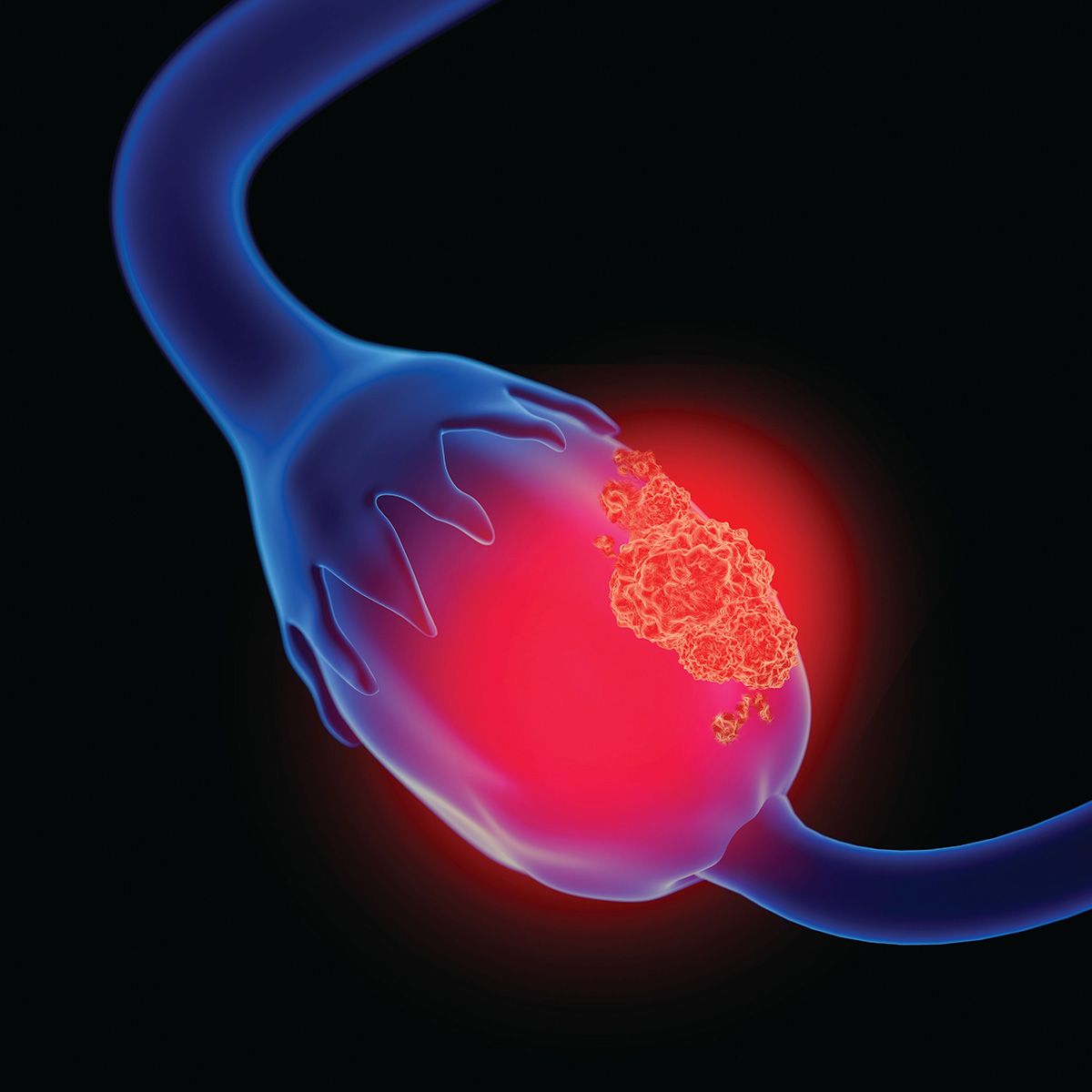Article
PBS and The Emperor of All Maladies
The PBS documentary on the Pulitzer-Prize winning book leaves out important information about the role of oncology nurses.
When I heard that filmmaker Ken Burns was taking on The Emperor of All Maladies for one of his epic television documentaries, I had my doubts that he could tell the story of cancer in a way that captured the power of the book. But he has. And, except for a few omissions, this documentary will get the awards it deserves.
The Pulitzer-Prize winning book by Siddhartha Mukherjee tells the history of cancer, and one of the best messages is that the more we learn about cancer the more we understand that each person’s cancer is different.
The three episodes have now aired and can be seen free on the PBS website. But, like the book, I wish a few things had been added and a few questions answered that weren’t.
My primary disappointment with the book and the show is the lack of voices from oncology nurses and their contribution to cancer research and the psychosocial support they have demanded for their patients — and which is provided more by nurses than doctors. To leave out these contributions is a huge omission on the part of Mukherjee. Nurses have from the beginning of cancer care been the ones who have addressed the pain and suffering of patients, and, while they showed a wonderful young woman oncologist talking with an elderly patient about his upcoming death, this role is shared if no dominated by nurses.
For those of us whose cancer predated targeted therapies that appeared in 2000 or there about, it was exciting to see how far we have come, particularly with the development of the first drug that truly does “cure” a cancer with Gleevec for CML. In breast cancer, we now know that women with the Her2 oncogene have a strong drug in Herceptin. And one of the most dramatic moments of the documentary was to see Barbara Bradfield, one of the first of a handful of women dying of metastatic breast cancer to try Herceptin. Bradfield had multiple tumors in her lungs and a tumor in her neck that could be seen and felt. It became the touchstone for the dozen or so women in the trial who agreed to try Herceptin as a last ditch effort to live.
Mukherjee told the story in the book, but having Bradfield tell it was chilling. When they came together to receive the second dose of Herceptin, each woman who touched her tumor could tell it was different, softer and smaller — and a sign of life.
Herceptin was the most dramatic discovery for breast cancer in the past 20 years, but it only helps the 25 percent who have the Her2 oncogene. What of the other 75 percent and what of those who have triple-negative who have no identified weapons against this deadly form of the disease? This became apparent with the story of an African-American surgeon named Lori Wilson, who dealt with her own triple-negative breast cancer in the documentary. She had two different kinds of breast cancer, one in each breast. Nowhere when they were discussing her diagnosis did they say that triple negative is more common in African-American women — another unanswered question.
Do I think the documentary was too positive? In part, yes. The majority of treatment still given is chemotherapy, not immunotherapy, which has not been found to expand survival enough for it to enter the mainstream in most cases. I know these issues are complex to explain but I was disappointed no one took a shot at it.
While we watched the young woman oncologist talking with her patient about his impending death, I was touched, but I couldn’t help thinking how few oncologists really do that. They just won’t, and it is usually the nurses whose job it is to relay the news and comfort the family and come up with a plan when there is no one at home to care for someone who is dying.
What then?
And nowhere do they discuss life after cancer treatment ends and the fear we live with for years — or the second cancers brought on by treatment or the long term and late effects suffered by those who underwent over treatment during the era of, “if a little bit is good, more is better.”
The treatment for cancer and living is the dramatic part of the story. The rest is about us — the ones who go on in life, living with the result of the disease both physically and emotionally.




